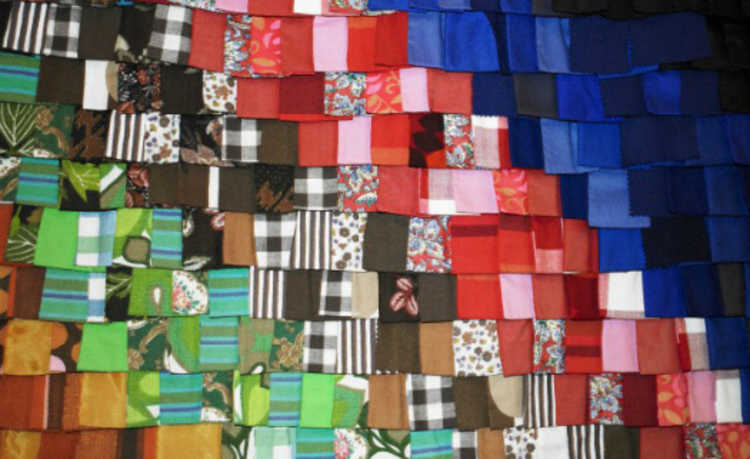Researchers develop camouflage inspired by clams and zebrafish
Research can contribute to creating more efficient camouflage devices and monitors, as well as controlling the temperature of animals

Certain types of molluscs are the best camouflage animals in the cephalopod class, according to Roger Hanlon of the Marine Biology Laboratory, located in Woods Hole, Massachusetts. Inspired by this statement, scientists at the University of Bristol have created artificial muscles and skin (to better understand this procedure, watch the video below, in English) that behave like the same organs as animals in this class of invertebrates.
Cephalopods have such remarkable camouflage primarily because of their chromatophores (red, yellow, or brown pigment cells, which are controlled by muscle). The nerves, in turn, cause muscle contractions that regulate the size of these cells, causing the animals to vary their skin color and create changing color patterns. The papillae, or skin projections, also aid in camouflage by changing the skin's texture, allowing them to mix more quickly with substances such as sand.
The idea is that this invention can be used to create a “smart outfit”, giving its users the power to “disappear”, camouflaging themselves in different environments. To reproduce in the laboratory the rapid expansion of muscles, as occurs in cephalopod animals, scientists used polymers with high elasticity (dielectric elastomers), which were connected to an electrical circuit. These polymers expand when an electrical current is applied and return to their original shape when the circuit is closed. Get a better understanding of this process by watching the video below:
In another study, the source of inspiration was the zebrafish, from the cyprinid family, which contains a small amount of fluid with pigments in its body. When activated, the pigments spread across the surface of the skin and spread out like ink. To mimic this system, the researchers used microscopic glass slides that contained a layer of silicone and two pumps made of elastic elastomers, which were attached to a central system. One pumped an opaque white liquid, the other a mixture of black paint and water. Because this mechanism is fluid-based, it is slower than the cephalopod mechanism, which is driven by neural impulses. Even so, it can be used to control the temperature of materials. For example, if the fluid reservoir is close to a person's skin or a hot engine, it can be released to the surface of the artificial skin to transfer heat away and cool the person or engine.
This research can cause far-reaching impacts in the field of metamaterials (characterized by having optical properties that are not found in natural materials), since they would have organic molecules instead of the heavy metal pigments present in commonly used materials; in studies on sensor networks; and in the elaboration of displays that have more variety of colors and optical options than current monitors.
However, as one of the researchers states, the first steps in the field of optical camouflage have so far been taken. Jonathan Rossiter, professor of engineering in Bristol, England, explains that, for now, artificial chromatophores have been built with only one color, going from lighter to darker and vice versa. They hope, from now on, to create more complex models with more color options.
Learn more about the study and behavior of the animals surveyed by watching the video below (in English).










